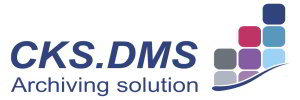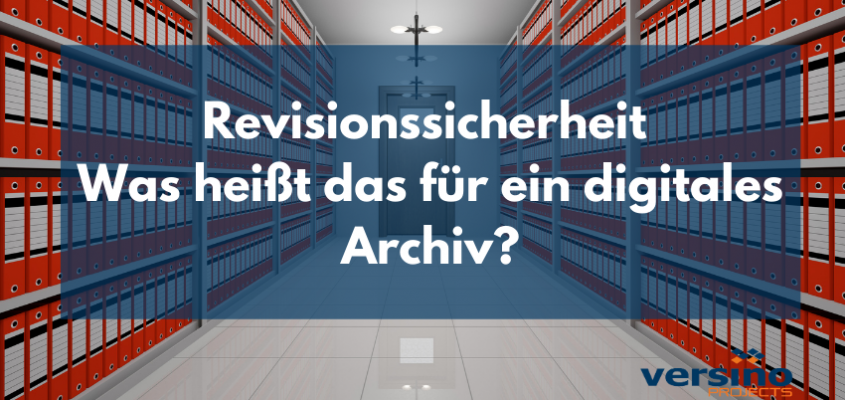In terms of user-friendliness, security, space and durability, a digital archive is clearly superior to paper archiving. More and more companies are therefore opting for a modern DMS. This development was ultimately made possible by the invention of data storage media. In addition to ever-increasing capacity, these also have properties that initially stand in the way of an archive: Documents on such data carriers can be changed and deleted. But when does such a digital archive become audit-proof and what does audit-proof mean?
Documents digital and audit-proof
So how do you ensure that documents in a digital archive that should not or must not be changed are protected against this? After all, the requirement for audit-proof storage is that they have the same content as in their original form. This form of legal integrity applies to invoices, contracts and all documents that are in some way tax-relevant. This also includes, for example, all correspondence relating to business transactions.
So what a simple digital folder cannot do, software must do that can follow the specifications of audit security.

Standards for a digital archive
What happens within a digital archive audit-proof is defined by various standards and regulations. In Germany, these can be found, for example, in the German Commercial Code or in the German Fiscal Code.
Another authoritative source is the GoBD (Principles for the proper keeping and storage of books, records and documents in electronic form and for data access).
10 Principles of audit compliance
An aid to what may be considered audit-proof in a digital archive is provided by the Association of Organisational and Information Systems with its ten principles for Revision security
- Documents are archived unalterably.
- No document is lost on its way into or in the digital archive.
- Each document is retrievable through appropriate techniques (such as indexing, tags, metadata).
- The search for a document leads to a unique hit.
- Once a document has been archived, it cannot be destroyed within the intended lifetime.
- Each document is redisplayed, output or printed exactly as captured.
- All content is found in short periods of time.
- All changes to the structure of the digital archive must be logged. And in such a way that the change is traceable.
- updatesUpgrades and migrations can be carried out in such a way that no information is lost.
- All legal provisions (including the provisions on data protection) are complied with at all times.
Paperless digital archive
Audit-proof digital archives enable data to be stored with legal protection. Most paper originals can be destroyed once they have been digitised. Exceptions to this are, for example Balance sheets and reports like the P&L.
However, despite DMS Do not be too hasty when destroying documents. There must first be a procedural documentation must be created. This documents all measures and procedures relating to digital archiving in a traceable and retrievable manner. A paper document may only be destroyed once all the steps documented in this way have been completed.
Audit-proof archiving directly in SAP Business One

With document management for SAP Business One, you can quickly and cost-effectively take the step towards repository-secure archiving.
- 100% integrated with SAP Business One
- Digital archiving of all tax-relevant documents and e-mails in accordance with the principles of audit security.
- Automatic archiving of all SAP Business One outgoing documents
- Quickly find documents via full-text search

You can find more information here

Archiving of e-invoices

GoBD 2020 for archiving receipts

No GoBD without process documentation

Digital document management in the home office

Revision security - what does that mean for a digital archive?


